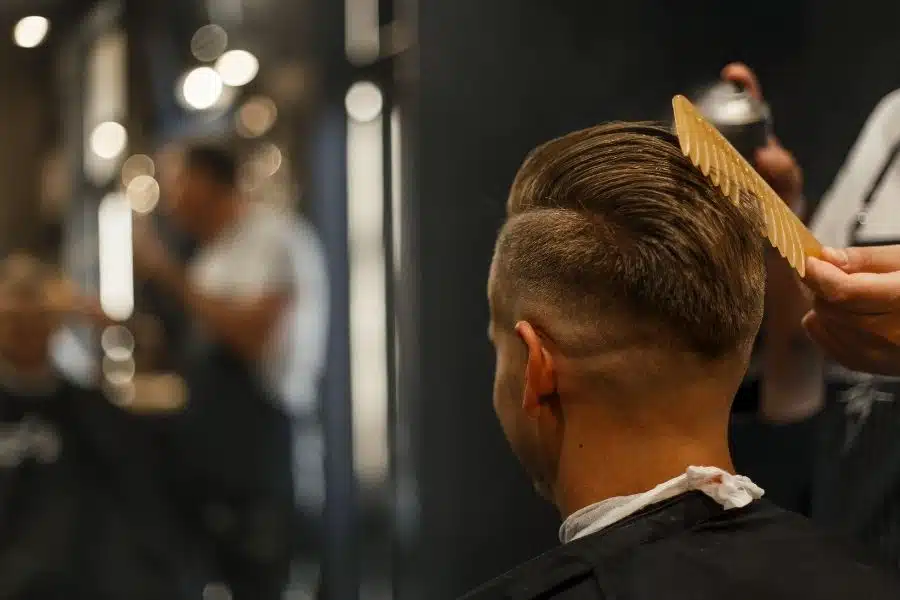Are you curious about orthodontic appliances and their distinct types? If you are, you’re in the right place!
This article is a comprehensive guide that breaks down the various orthodontic appliances available today. Whether you’re a parent looking for options for your child, an adult considering braces, or you’re simply intrigued by orthodontics, this guide will elucidate the convoluted world of orthodontic appliances. Read on to discover more.
Traditional Metal Braces
The classic metal brace is the original, and maybe most popular, orthodontic equipment. With the help of metal brackets and wires, they gradually reposition your teeth over time by applying constant pressure. They can fix even the most serious orthodontic problems and are quite effective.
Technology has made it possible to create smaller, less obvious brackets, even if they may be a regular sight, particularly among youngsters. Modern metal braces come with colorful elastic bands that you may match your style with.
Ceramic Braces
Ceramic braces are a more understated option, with a design akin to conventional metal braces. The translucent ceramic material used to make the brackets mimics your teeth, as opposed to being composed of metal.
Ceramic braces are equally effective as their metal counterparts, despite having a less obvious look. They need extra attention, though, because the ceramic brackets are more brittle and can discolor if not taken care of properly.
Lingual Braces
The name “lingual” means that the braces are put on the back side of your teeth. This means that most people can’t even tell you have them on. This makes them a discreet choice for people who want teeth straightening devices but don’t like how traditional braces look.
Lingual braces may not work for everyone, though. They might be harder to clean, and they might make it harder to speak for a short time.
Self-Ligating Braces
You can get self-ligating braces made of metal or clay. They don’t need elastics to hold the wires in place like regular braces do. Brackets that let the wire slide back and forth are used instead.
This design cuts down on friction, makes adjustments more exact, and might even shorten the time it takes to treat patients. However, self-ligating braces might not be the best choice for more complicated dental cases.
Clear Aligners
Clear dental aligners have gained popularity for their nearly invisible nature. These are custom-made, removable trays that gradually move your teeth into position.
They can be removed for eating and cleaning, making them a convenient option for many. However, they may not be suitable for more severe orthodontic cases.
Retainers
Once your teeth have been moved into their new positions, a retainer is used to hold them in place while the surrounding gums and bones adjust. Retainers can be removable or fixed, depending on the patient’s needs.
Retainers are an essential part of any orthodontic treatment and must be worn as instructed by your orthodontist in Frankfort, KY to maintain the results of your treatment.
Explore the Wonders of Orthodontic Appliances and Discover Your Perfect Smile Journey
Understanding the different types of orthodontic appliances is crucial in determining the best treatment option for your individual needs. From traditional braces to clear aligners, each appliance has its unique benefits and considerations. It’s important to consult with an orthodontist to find the best fit for your smile.
Schedule an appointment today and take the first step towards a brighter, healthier smile. If you’re eager to dive deeper into other interesting topics, we have plenty more to share! Visit our website for a wealth of articles, guides, and discussions on this topic and more.






